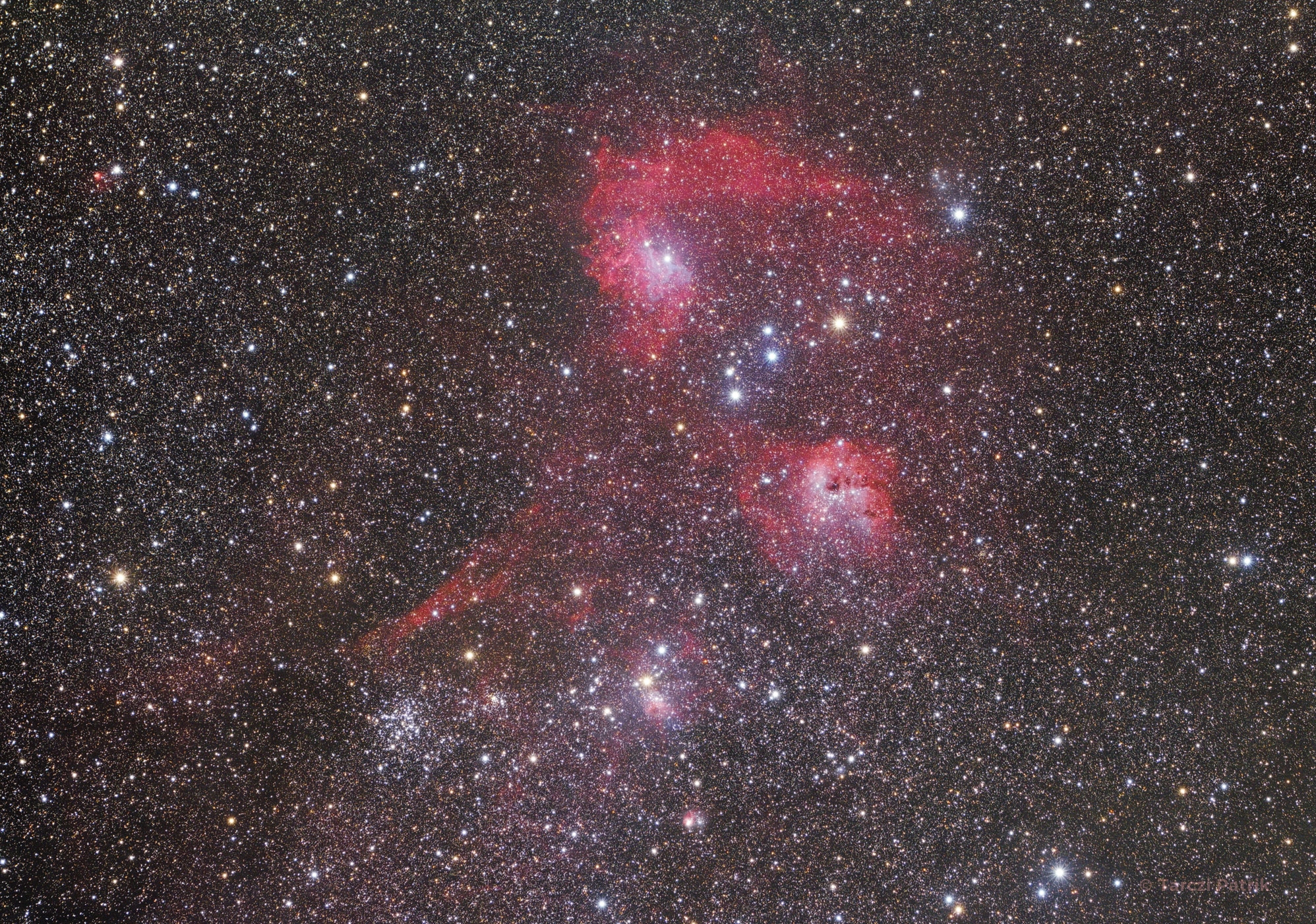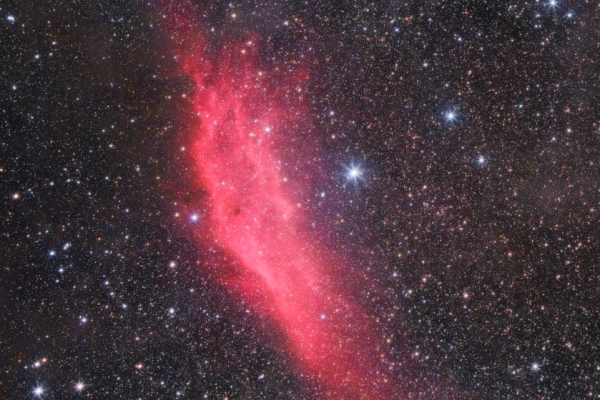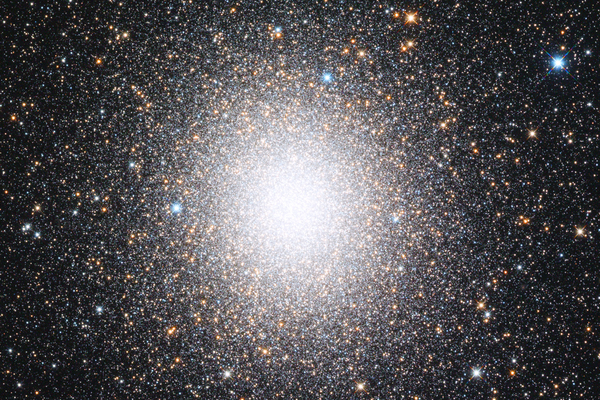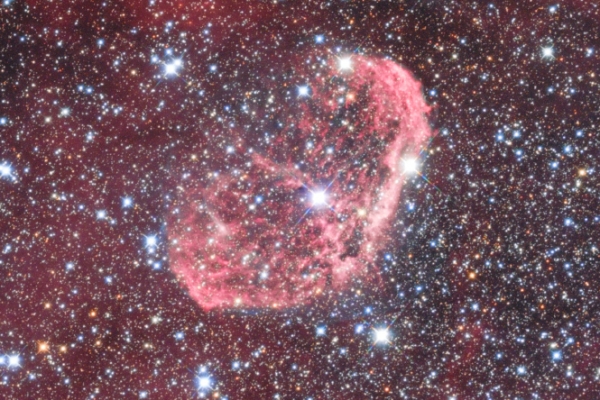In the heart of constallation Auriga
IC405, 410 and its surroundings

Technical data
| Instrument: | Canon EF 70-200mm f/2.8 USM L IS II |
| Camera: | Canon EOS 550D (modified) |
| Filter: | - |
| Mount: | SkyWatcher EQ-6 Pro |
| Guiding: | Lacerta M-Gen autoguider |
Image data
| Exposure time: | 5 hours, ISO1000 |
| Location, date: | Hungary, Izsákfa - 2013. January.11. |
| Transparency: | 7/10 |
| Seeing: | 6/10 |
| Temperature: | -2 °C |
| Processing: | CCDStack, Registar, Pixinsight LE, Photoshop |
Description
Rich in star clusters and nebulae, the ancient constellation of the Charioteer (Auriga) rides high in northern winter night skies. This deep telescopic view shows off some of Auriga's celestial bounty. The field includes emission region IC 405 (top) about 1,500 light-years distant. Also known as the Flaming Star Nebula, its red, convoluted clouds of glowing hydrogen gas are energized by hot O-type star AE Aurigae. IC 410 (center right) is significantly more distant, some 12,000 light-years away.
The star forming region is famous for its embedded young star cluster, NGC 1893, and tadpole-shaped clouds of dust and gas. IC 417 and NGC 1931 at the lower right, the Spider and the Fly, are also young star clusters embedded in natal clouds that lie far beyond IC 405. Star cluster NGC 1907 is near the bottom edge of the frame, just right of center. The crowded field of view looks along the plane of our Milky Way galaxy, near the direction of the galactic anticenter. Source: apod.nasa.gov
Technical data
| Instrument: | Canon EF 70-200mm f/2.8 USM L IS II |
| Camera: | Canon EOS 550D (modified) |
| Filter: | - |
| Mount: | SkyWatcher EQ-6 Pro |
| Guiding: | Lacerta M-Gen autoguider |
Image data
| Exposure time: | 5 hours, ISO1000 |
| Location, date: | Hungary, Izsákfa - 2013. January.11. |
| Transparency: | 7/10 |
| Seeing: | 6/10 |
| Temperature: | -2 °C |
| Processing: | CCDStack, Registar, Pixinsight LE, Photoshop |
Recommended photos

The complex of California Nebula
A wide-field photograph of the California Nebula and its surroundings. The connection of the cosmic dust and the bright nebula can be seen.

Globular star cluster Omega Centauri
Omega Centauri, our brightest global cluster is located in constellation Centaurus, It is the biggest global cluster can be seen from Earth at a disctance of 15 800 light-years.

The Crescent Nebula
NGC 6888, also known as the Crescent Nebula, is a cosmic bubble about 25 light-years across, blown by winds from its central, bright, massive star.


